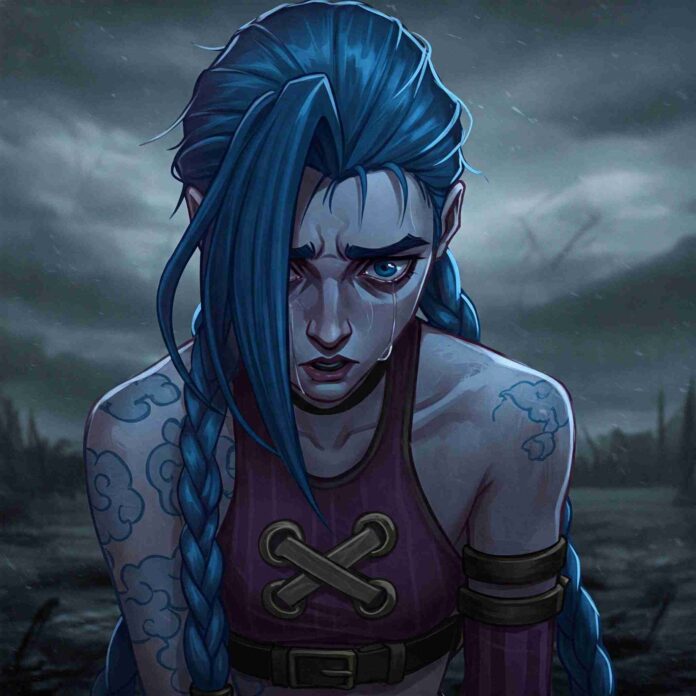In the acclaimed animated series Arcane, music is central to storytelling, often illuminating characters’ inner lives. A standout example is “Wasteland” by Royal & the Serpent, which underscores a pivotal beat in Jinx’s arc—capturing the split between who she was and who she believes she must be. For more on the series, see the official Arcane page on Netflix, and to learn about the artist, visit the Royal & the Serpent official site. You can also find background on the show at Riot’s site for Arcane: Arcane — League of Legends.
Contextualizing the Scene
In Season 2, Episode 9, Jinx is consumed by guilt, grief, and isolation. Pushed to the edge, she contemplates ending her life. As she steadies herself on the precipice, “Wasteland” begins—the song’s opening notes aligning with her breath and the distant thrum of Zaun—and the audience is drawn directly into her turmoil. The placement is deliberate: the track functions as an emotional conduit, translating internal chaos into sound and sharpening the scene’s stakes without over-explaining them.
Watch the scene and soundtrack pairing on YouTube
Analyzing “Wasteland” and Its Lyrics
Without quoting lyrics, the song revolves around themes of desolation, numbness, and the repetitive pull of self-destruction—directly echoing Jinx’s struggle to reconcile her past with the harm she believes she’s caused. Musically, the arrangement reinforces that narrative: intimate, near-whispered verses give way to a swelling, distorted chorus, mirroring the swing between surrender and a stubborn will to survive. Textural choices—filtered percussion, gritty synths, and layered distortion—evoke Zaun’s industrial soundscape, while the vocal delivery conveys the rawness of Jinx’s fear, longing, and defiance.
The Role of Music in Character Development
Arcane consistently uses needle drops as character studies rather than background filler. Songs act like leitmotifs, tracking emotional evolution across episodes and seasons; they punctuate moments of rupture and recovery and help the audience access internal states that dialogue alone cannot convey. “Wasteland” continues this approach, serving as a narrative device that clarifies Jinx’s psychology and deepens empathy. For more on Riot’s approach to curated tracks and sound design, explore Riot Games Music and the Riot Games Music YouTube channel.
Conclusion
By pairing Jinx’s most vulnerable moment with “Wasteland,” Arcane illustrates how precisely placed music can heighten narrative impact. The choice amplifies the scene’s emotional resonance, offering viewers a more intimate connection to Jinx’s inner conflict and reinforcing the series’ reputation for meticulous, character-driven sound design. For production credits and additional context, see the show’s listing on IMDb.
For a visual representation of this pivotal moment, watch the scene accompanied by “Wasteland” here:












